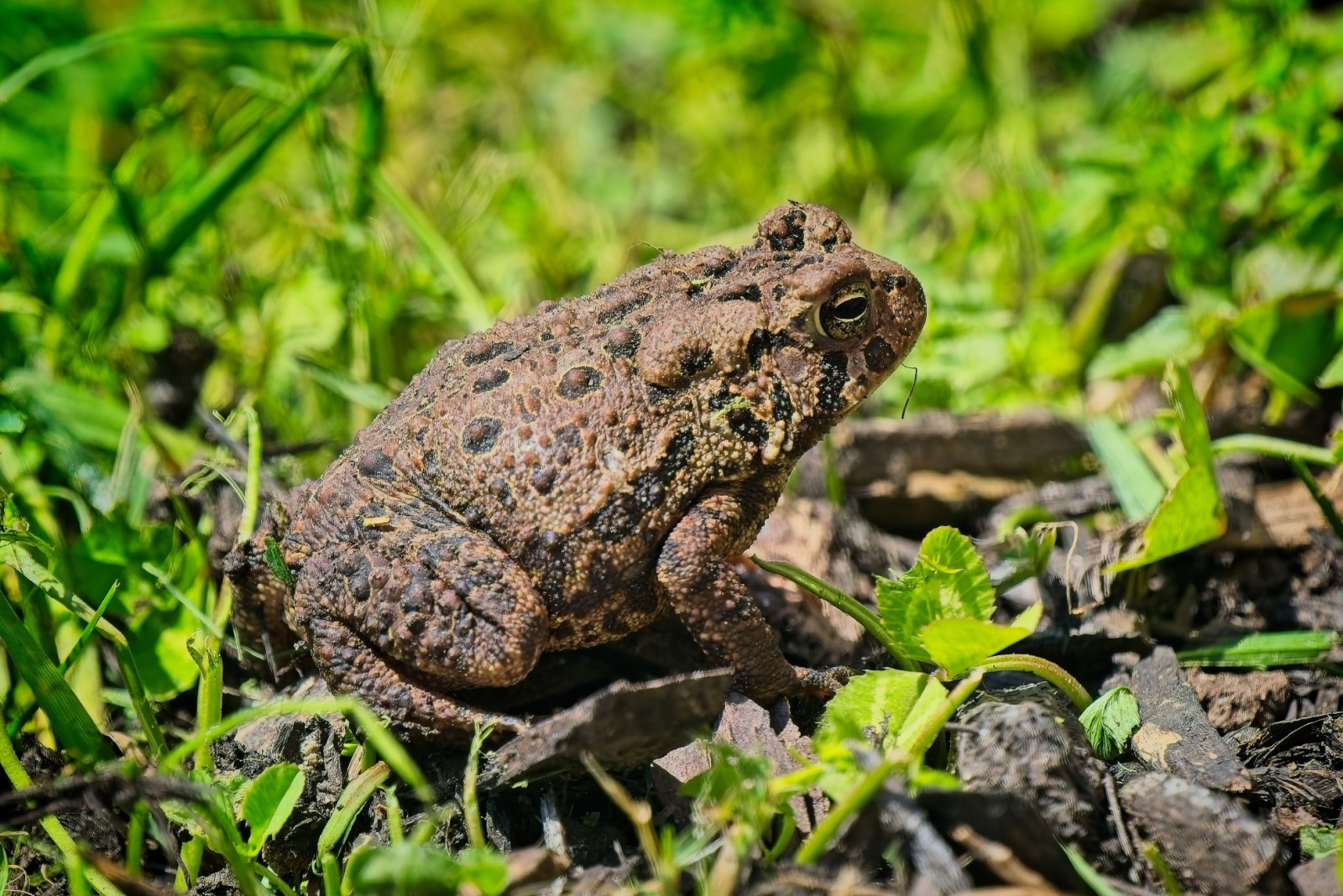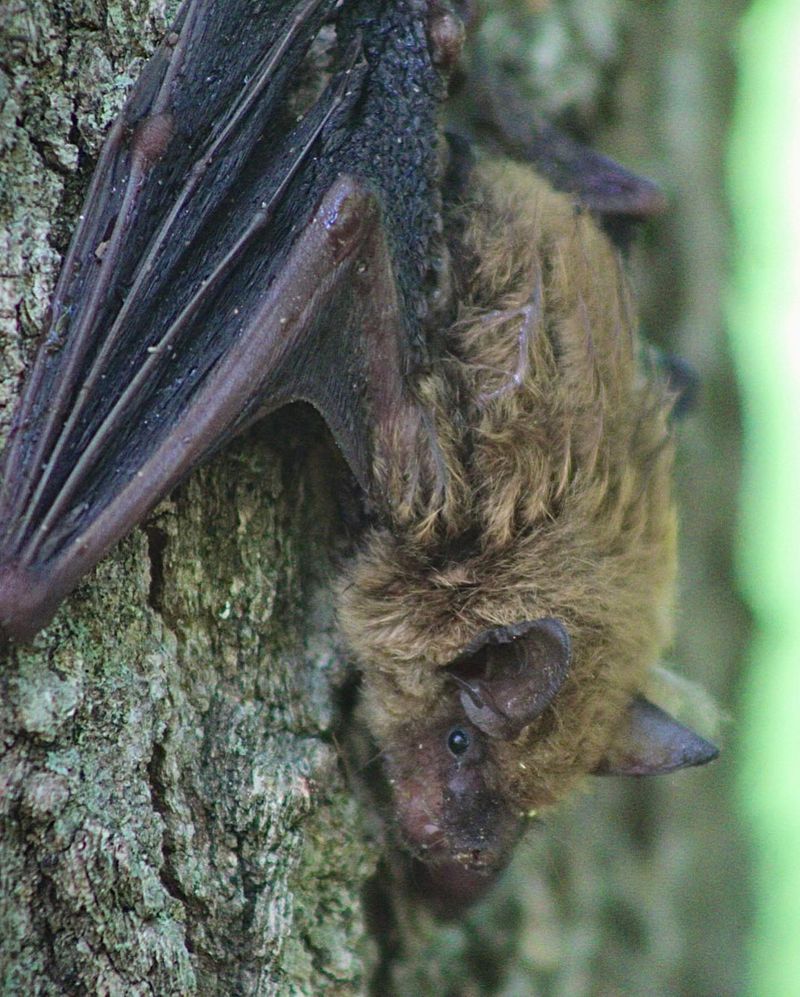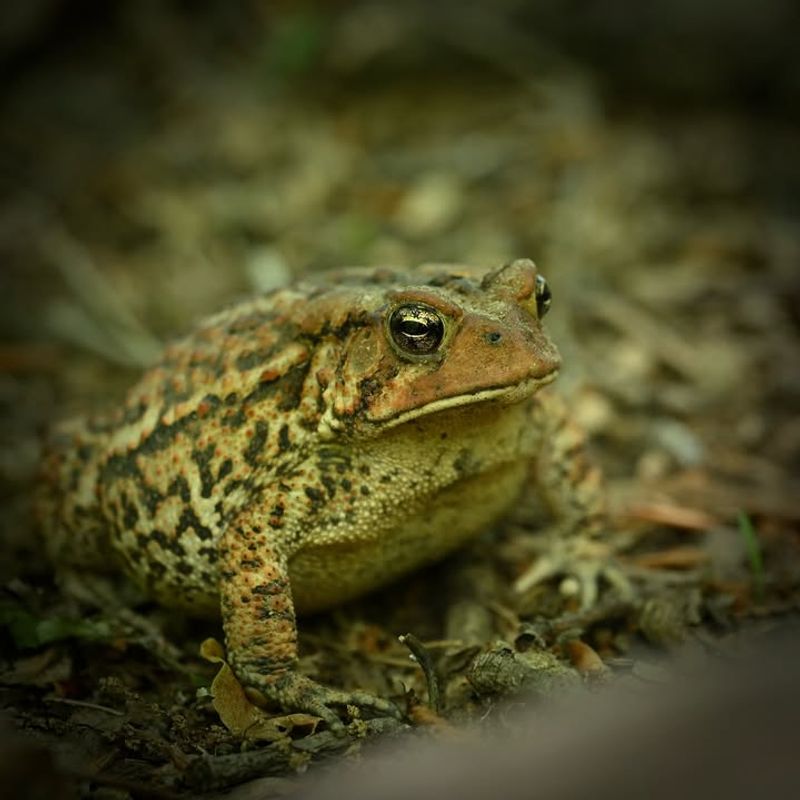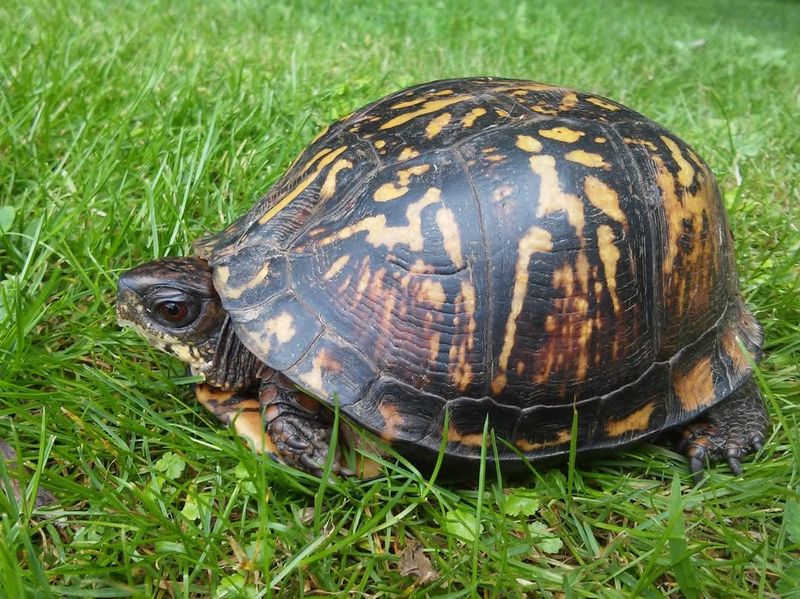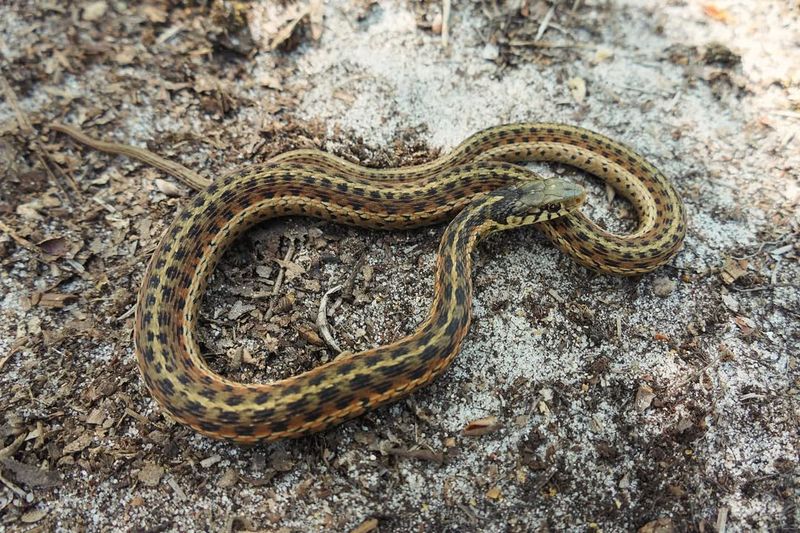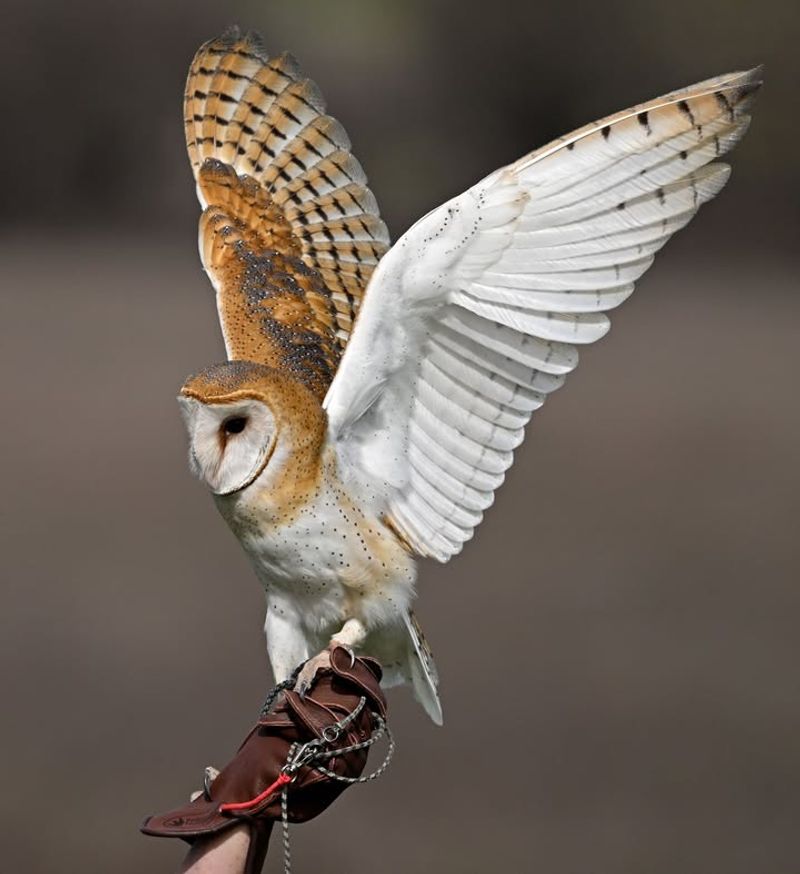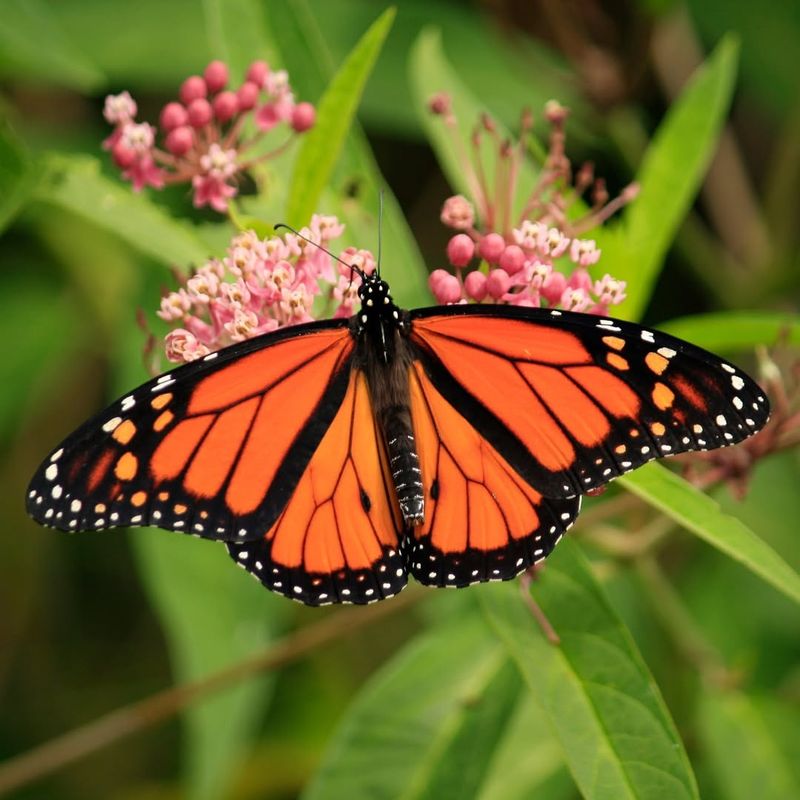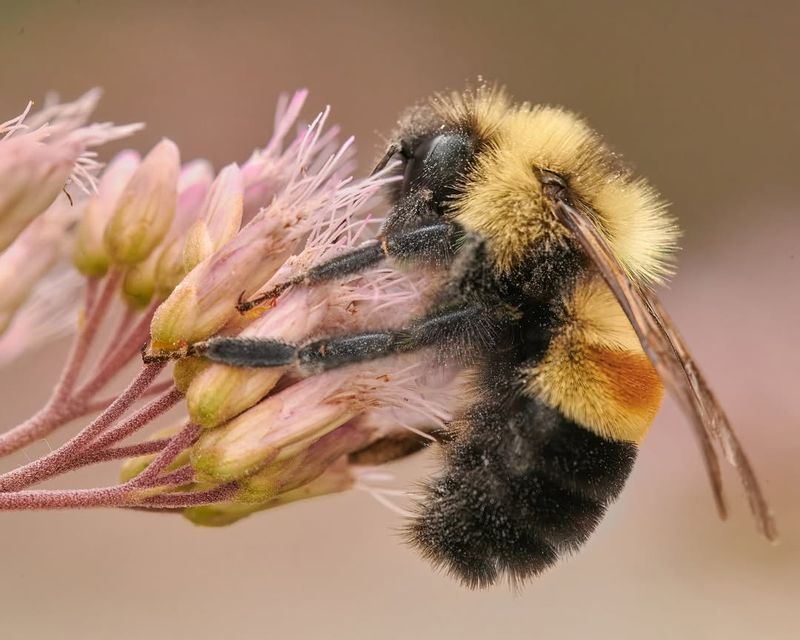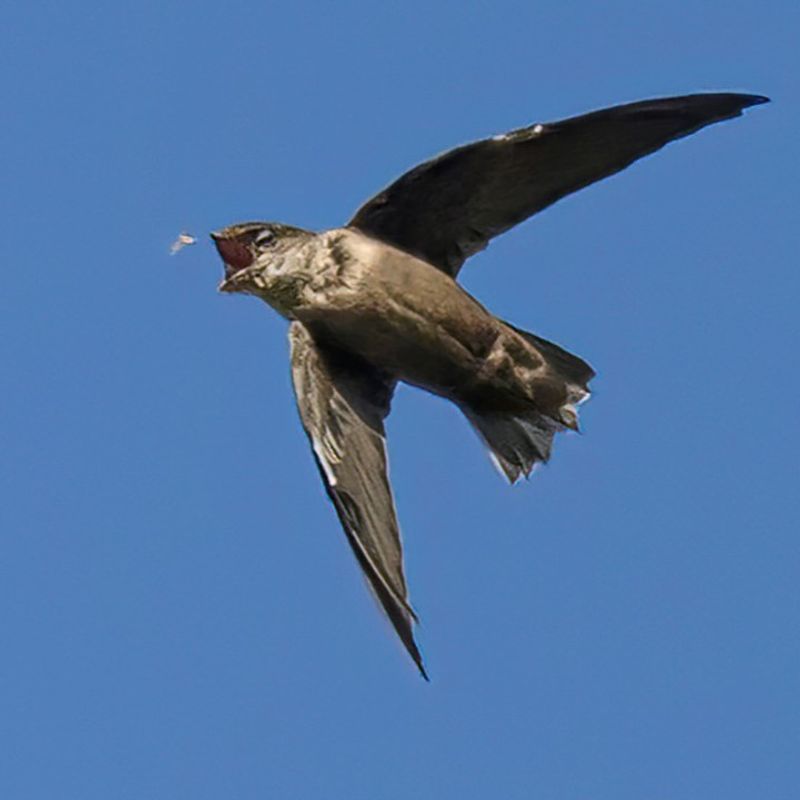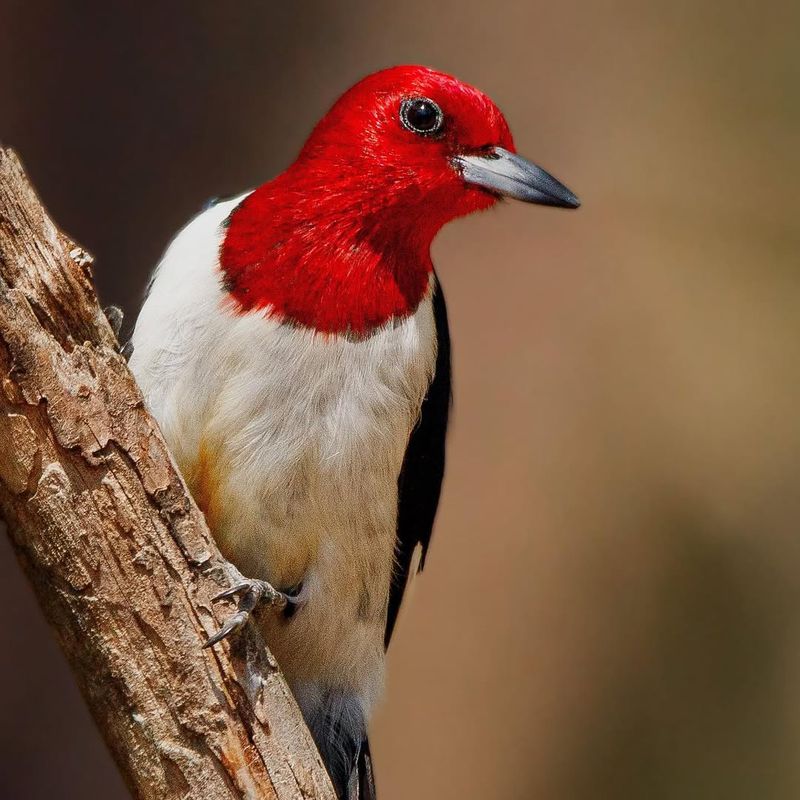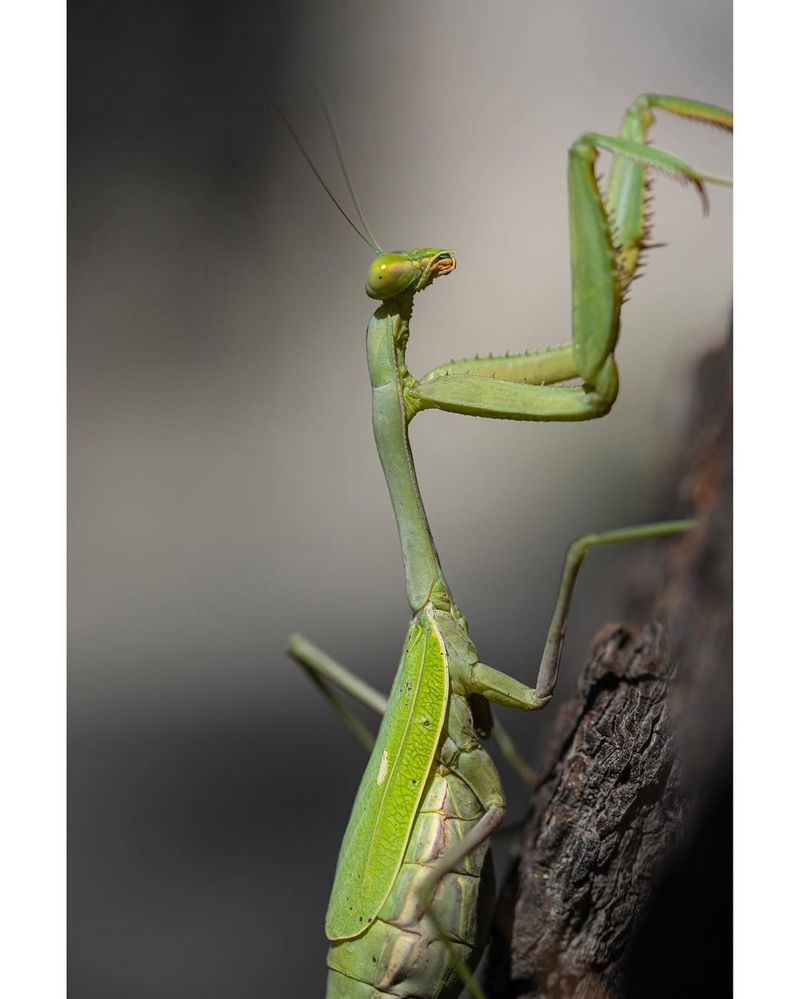Many Illinois homeowners don’t realize that some creatures found on their property are actually protected by state law. When these animals make themselves at home in your garden or even inside your house, you legally can’t remove them without special permits.
Understanding which critters have legal protection helps you avoid hefty fines and ensures these important species continue to thrive in our ecosystem.
1. Eastern Bluebirds
Brilliant blue feathers make these songbirds unmistakable visitors to Illinois backyards. Protected under the Migratory Bird Treaty Act, disturbing their nests or removing them is strictly forbidden.
Many homeowners are delighted to discover bluebirds nesting nearby, as they consume large quantities of harmful insects. Their gentle warbling songs bring natural music to your property while they help control pest populations naturally.
2. Big Brown Bats
Swooping through evening skies, these nocturnal mammals help control mosquito populations throughout Illinois. A single bat can devour up to 1,000 insects hourly, providing free pest control services.
Despite their benefits, finding them roosting in your attic might be unsettling. State law protects these creatures, requiring professional wildlife experts with special permits to safely relocate them if necessary. Never attempt removal yourself.
3. American Toads
Garden allies with warty skin and a distinctive trilling call, American toads feast on slugs, beetles, and other garden pests. One toad can consume up to 10,000 insects each summer, making them valuable natural pest controllers.
Protected under Illinois wildlife regulations, these amphibians cannot be collected or removed from your property. Instead of seeing them as nuisances, consider creating toad-friendly habitats with shallow water features and ground cover where they can thrive.
4. Box Turtles
Stumbling upon a box turtle slowly traversing your lawn might seem like a perfect opportunity for a new pet. However, these dome-shelled reptiles have protected status in Illinois.
With declining populations due to habitat loss, box turtles receive special legal protection. Each turtle maintains a small territory throughout its remarkably long life – some living 50+ years! Removing them disrupts their natural patterns and further threatens their survival.
5. Garter Snakes
Slender bodies with distinctive stripes make garter snakes easily recognizable garden residents. Far from dangerous, these beneficial reptiles help control rodent and insect populations that damage gardens and homes.
Illinois law protects native snake species including garters from unnecessary killing or removal. Despite their startling appearance to some homeowners, these harmless snakes pose no threat to humans. Their presence actually indicates a healthy ecosystem on your property.
6. Barn Owls
Heart-shaped faces and ghostly white plumage make barn owls distinctive yet increasingly rare visitors. Listed as endangered in Illinois, these silent hunters receive strict protection under both state and federal laws.
Finding barn owls nesting in your outbuildings or barn is considered a stroke of ecological luck. Each owl family can consume thousands of rodents annually, providing exceptional pest control. Special permits and professional assistance are required for any disturbance of their habitat.
7. Monarch Butterflies
Orange wings with black veining create the unmistakable pattern of monarch butterflies, now protected under Illinois conservation laws. Their amazing migration and pollination services make them ecologically vital insects worth protecting.
Recent population declines have prompted special protections for monarchs and their caterpillars. Removing them from milkweed plants in your garden violates conservation regulations. Instead, planting more native milkweed helps support their remarkable 3,000-mile migration journey.
8. Native Bumblebees
Fuzzy yellow and black bodies buzzing among flowers signal the presence of native bumblebees, now receiving protection under Illinois conservation initiatives. Their declining numbers have triggered special status for these important pollinators.
Unlike honeybees, many bumblebee species are native to Illinois and irreplaceable in our ecosystem. Finding a bumblebee nest in your yard might be concerning, but removing it could result in fines. Professional wildlife services can assess situations where nests pose genuine hazards.
9. Chimney Swifts
Resembling flying cigars with their tubular bodies and rapid wing beats, chimney swifts often nest inside unused chimneys or hollow trees. Federal protection under the Migratory Bird Treaty Act makes it illegal to remove these birds or their nests.
Though their chittering calls and nest-building activities might seem intrusive, these aerial insectivores provide tremendous ecological benefits. Each bird consumes thousands of mosquitoes and flying insects daily. Patience until their nesting season ends is legally required.
10. Red-headed Woodpeckers
Vibrant crimson heads contrasting with black and white bodies make red-headed woodpeckers striking visitors to Illinois properties. Their population decline has triggered special protections under state and federal wildlife laws.
Hearing drumming on your house might indicate woodpecker activity, but removing them violates protection statutes. These birds play crucial roles controlling insect populations, particularly wood-boring beetles that damage trees. Legal deterrents exist for redirecting their drumming away from structures.
11. Praying Mantises
Masters of camouflage with triangular heads and grasping forelegs, praying mantises are voracious predators of garden pests. Their beneficial nature has earned them protected status in Illinois agricultural and conservation regulations.
Gardeners lucky enough to spot these fascinating insects should celebrate their presence. Each mantis can consume dozens of harmful insects daily, from aphids to caterpillars. Their egg cases, often found on plant stems in winter, are also protected and should remain undisturbed.

